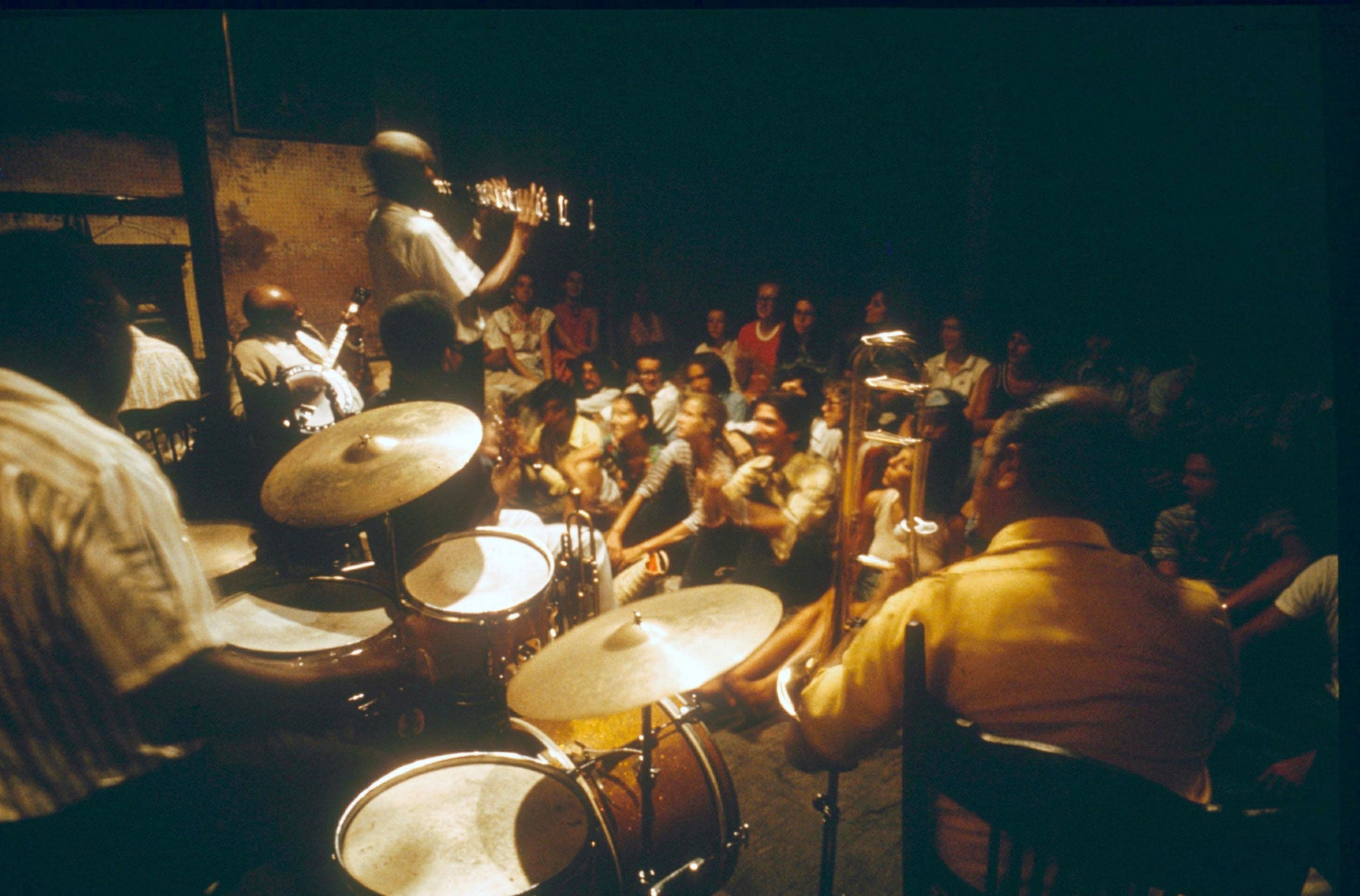Empire of Sin by Gary Krist, book review: Prostitution, violence and jazz - a colourful history of New Orleans

Your support helps us to tell the story
From reproductive rights to climate change to Big Tech, The Independent is on the ground when the story is developing. Whether it's investigating the financials of Elon Musk's pro-Trump PAC or producing our latest documentary, 'The A Word', which shines a light on the American women fighting for reproductive rights, we know how important it is to parse out the facts from the messaging.
At such a critical moment in US history, we need reporters on the ground. Your donation allows us to keep sending journalists to speak to both sides of the story.
The Independent is trusted by Americans across the entire political spectrum. And unlike many other quality news outlets, we choose not to lock Americans out of our reporting and analysis with paywalls. We believe quality journalism should be available to everyone, paid for by those who can afford it.
Your support makes all the difference.In "basin street blues" it's the "land of dreams", while Louis Armstrong recalled it as the city where "Creole babies with flashin' eyes softly whisper their tender sighs."
The city is New Orleans, and while it may have had its tender and dreamlike moments, its description by Gary Krist in Empire of Sin: A Story of Sex, Jazz, Murder and the Battle for New Orleans, has more to do with flamboyant brothel owners, ruthless gangsters, serial killers and itinerant jazzmen.
Indeed, the New Orleans from the 1890s through to the 1920s, expertly described here by Krist, was the setting for a battle between warring civic factions that lasted decades – with casualties on both sides. Perhaps this isn't surprising in a city whose reputation as a centre of sin and perdition, Kirst reminds us, had dogged it virtually since its foundation in 1718. It was a city alderman, one Sidney Story who, railing that vice was allowed to "flaunt its scarlet drapery in the face of virtue", developed a plan that would make prostitution illegal everywhere in the city except in a certain 18-block area already rife with brothels catering for any taste. Much to the alderman's annoyance, the area soon became known as Storyville.
Its dominant figure was the suave entrepreneur and saloon-keeper Tom Anderson, whose Annex saloon in Storyville's Basin Street boasted, when it opened in 1901, a half-block cherry-wood bar with brass cuspidors and gilt bas-reliefs lit by 100 electric lights reflected in five huge mirrors.
He also published the "Blue Book", a handy guide for the man "who wants to be a thoroughbred bounder" which contained ads, photos and descriptions of every one of the area's better brothels, with each practitioner conveniently identified by race – "w" for white, "c" for coloured, "J" for Jewish. Here, fortunes were made and lost in a district where pimps, prostitutes, gamblers and hustlers would go under the names of Steel Arm Johnny, Mary Meathouse, Gold Tooth Gussie, Coke-Eyed Laura, Charlie Bow Wow and many more.
Adding spice to this already rambunctious mixture was a new type of "raggedy music" played by the so-called "professors" at brothels or by a growing number of Afro-American musicians in bars and at dances. Not yet named jass or jazz, its first leading practitioner was the now almost mythical trumpeter Buddy Bolden. A barnstorming performer, it was said he could be heard all the way across the 14-mile width of Lake Pontchartrain, while a fellow musician claimed he was such a powerful player that he "blew the tuning slide out of his cornet and it would land 20 feet away". Never recorded, Bolden suffered from mental problems and was eventually incarcerated in an asylum, but not before he inspired a second generation of artists who would take jazz to a worldwide audience, including Jelly Roll Morton, Kid Ory, Sidney Bechet and, of course, Armstrong.
But where there was pleasure there was also crime. A Mafia- inspired group of Italians called the Black Hand Gang instituted a wave of what Krist calls "homicidal chaos" as territories and protection rackets were established and fought over. But nothing gripped the city more than a series of brutal axe murders, usually of seemingly innocent Italian grocery shop owners. Like Jack the Ripper, the killer was never caught.
In the end, it was a world war that gave the reformers the weapon they need to clean the streets. Worried that the Doughboys stationed outside the city after America entered the First World War in 1917 might fall prey to temptation, the Navy Secretary ordered the Storyville section to be closed down. The prostitutes packed their bags, the jazzmen moved to Chicago and New York, and the unofficial mayor, Tom Anderson, retired to the country.
It's a fascinating and colourful saga that, in the skilful hands of Krist, reads almost like a E L Doctorow novel and invites us all to take a trip "way down yonder".
Join our commenting forum
Join thought-provoking conversations, follow other Independent readers and see their replies
Comments